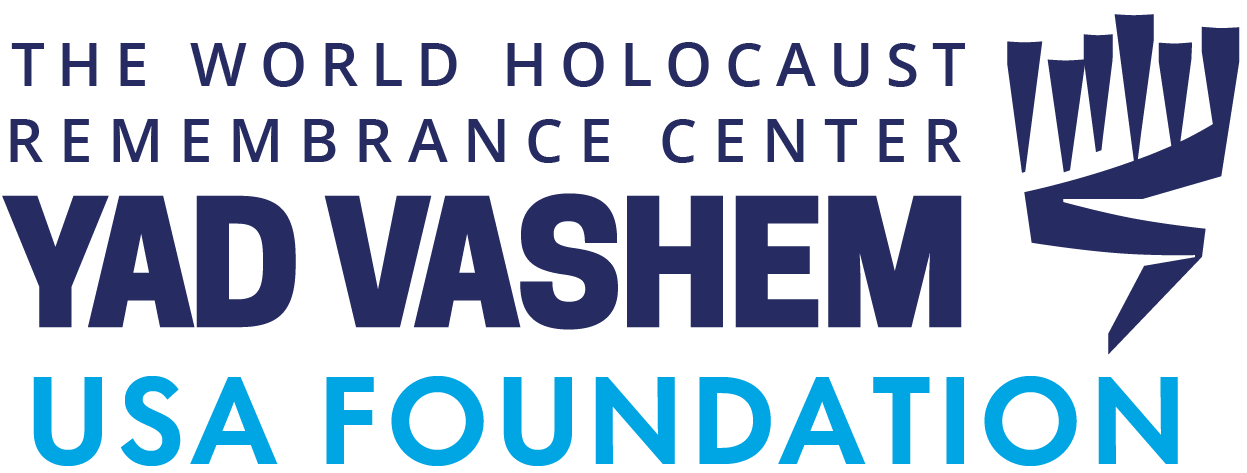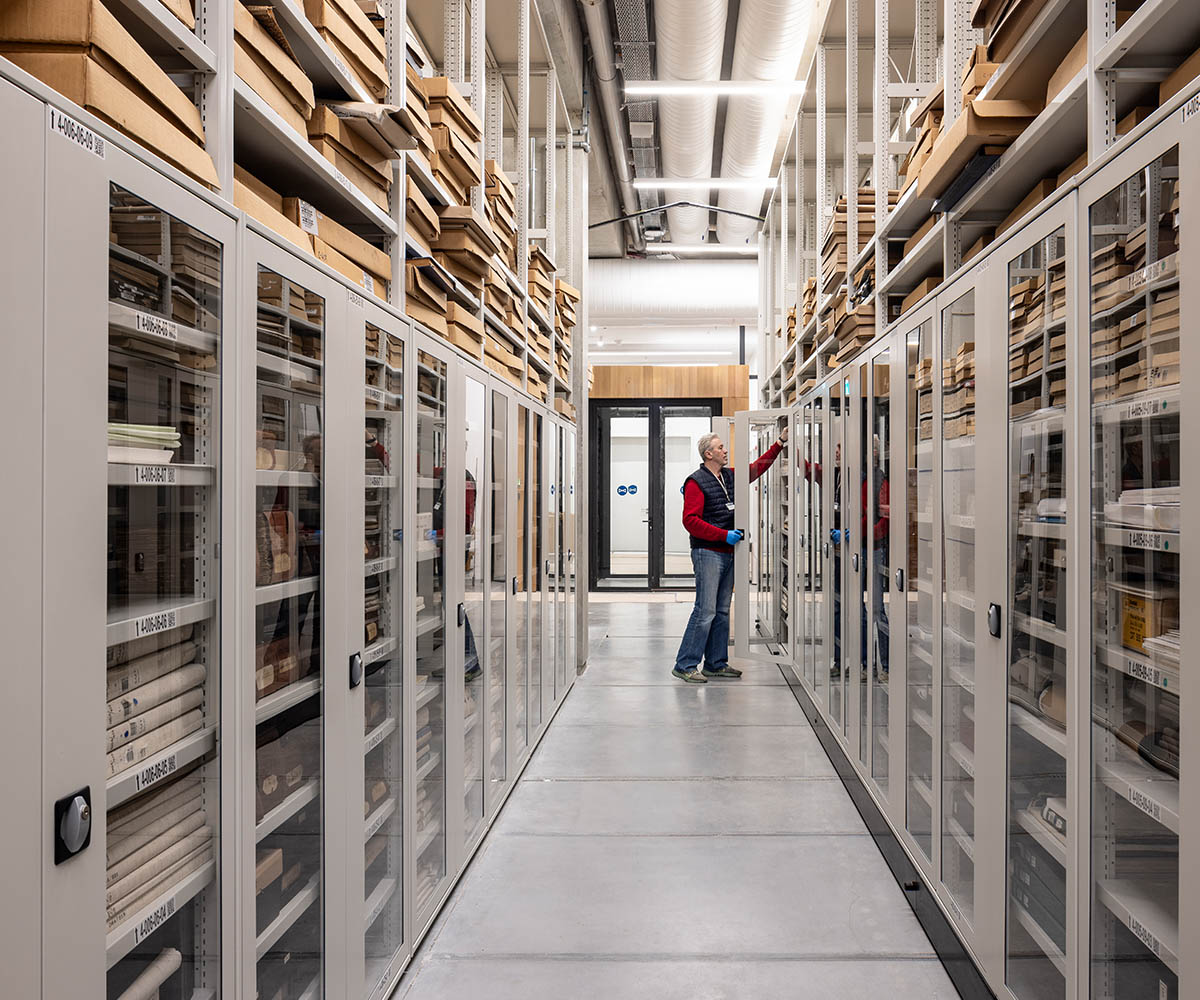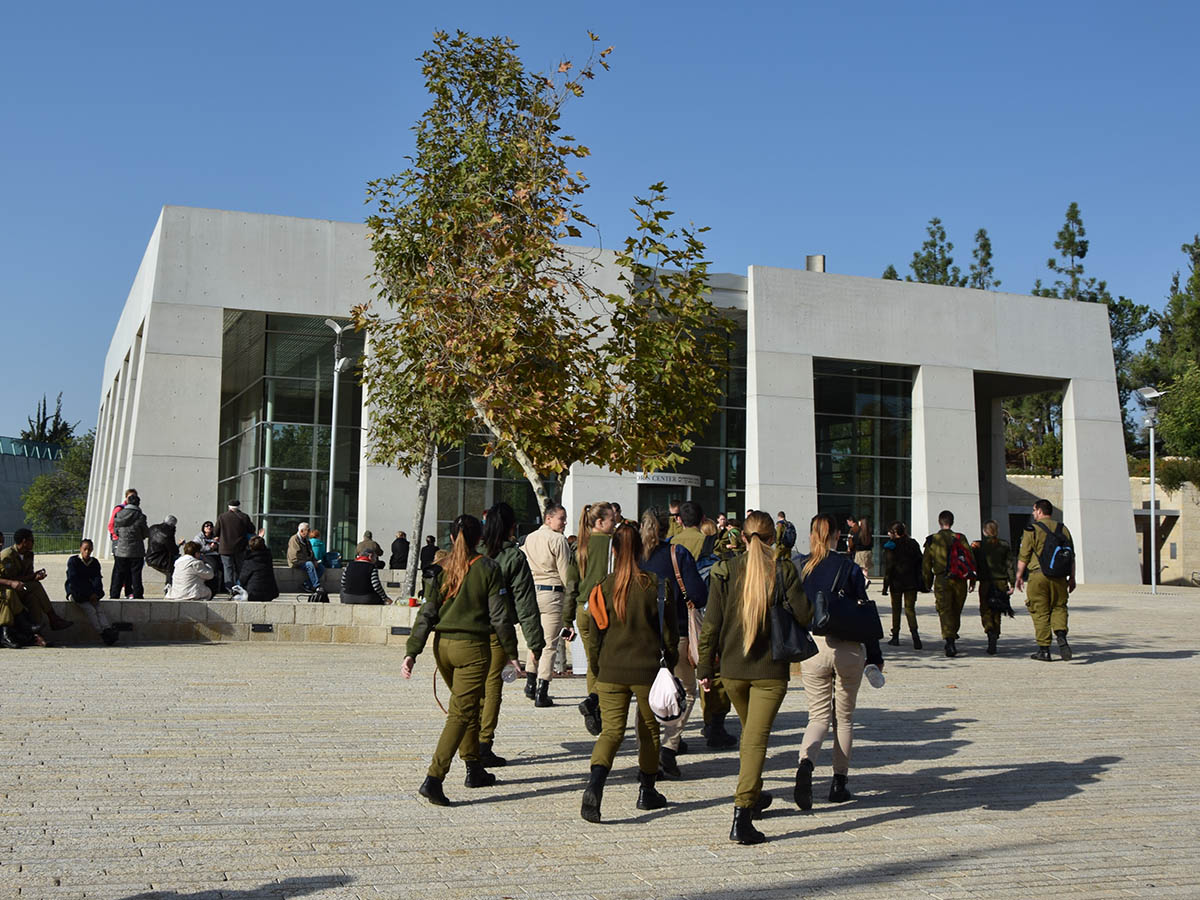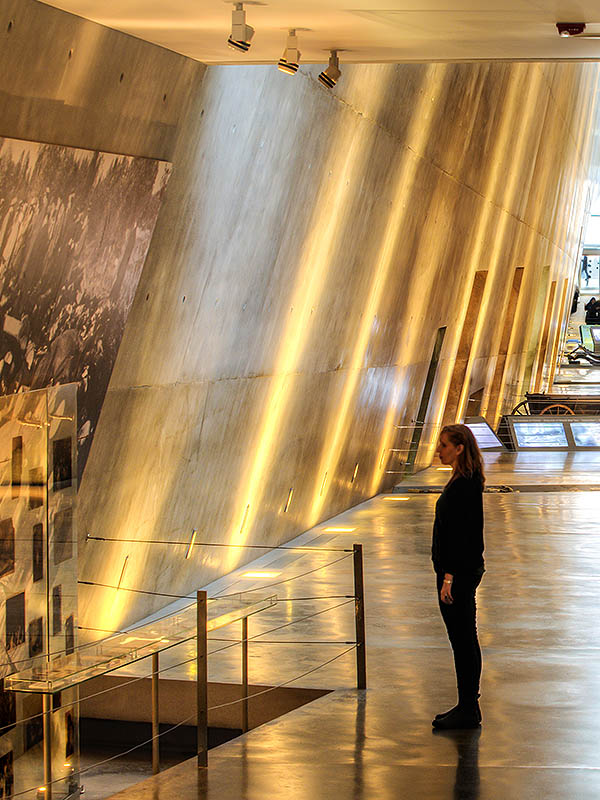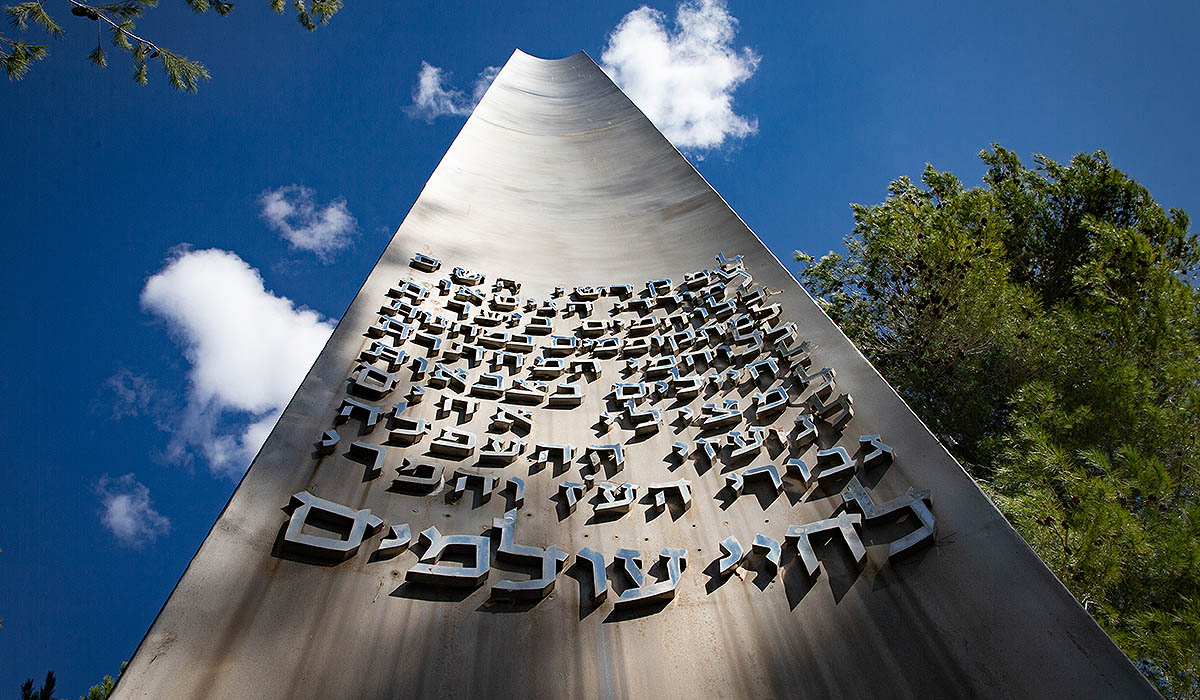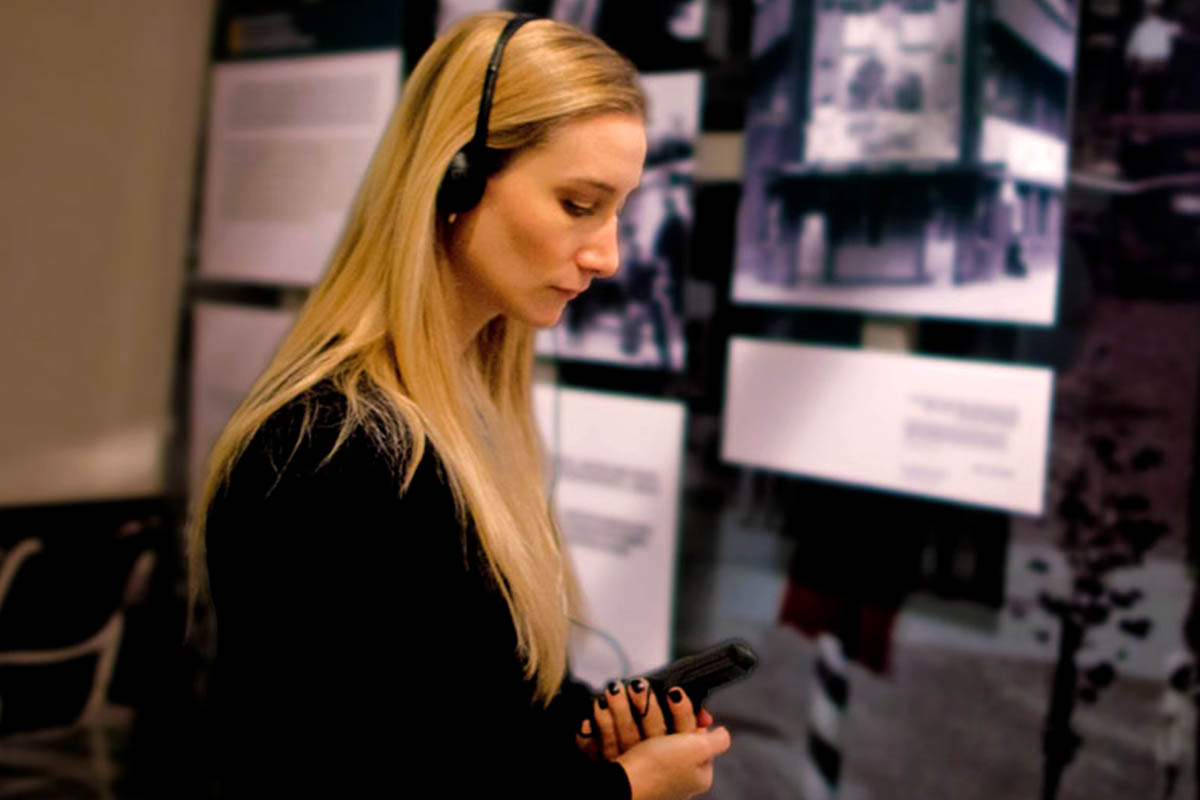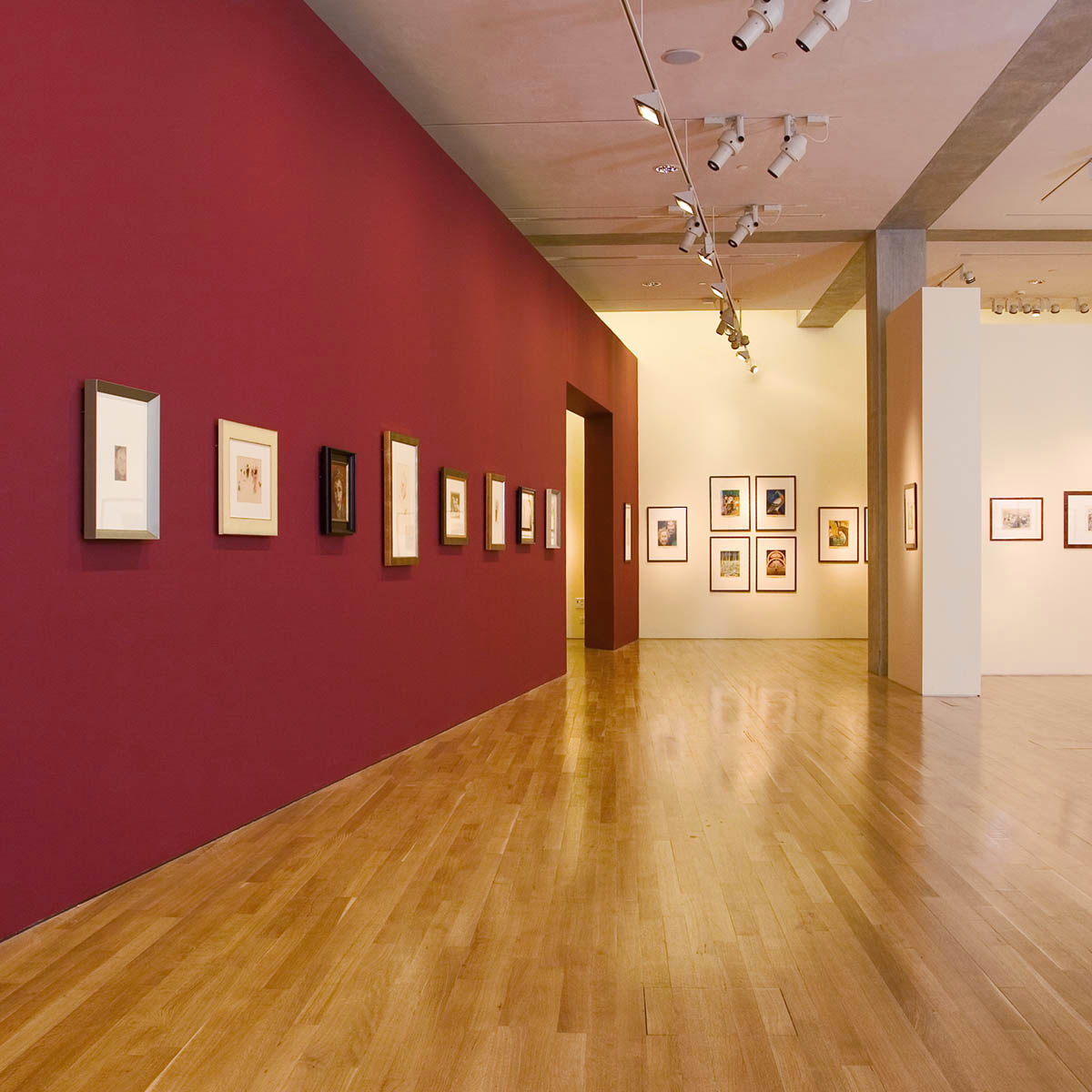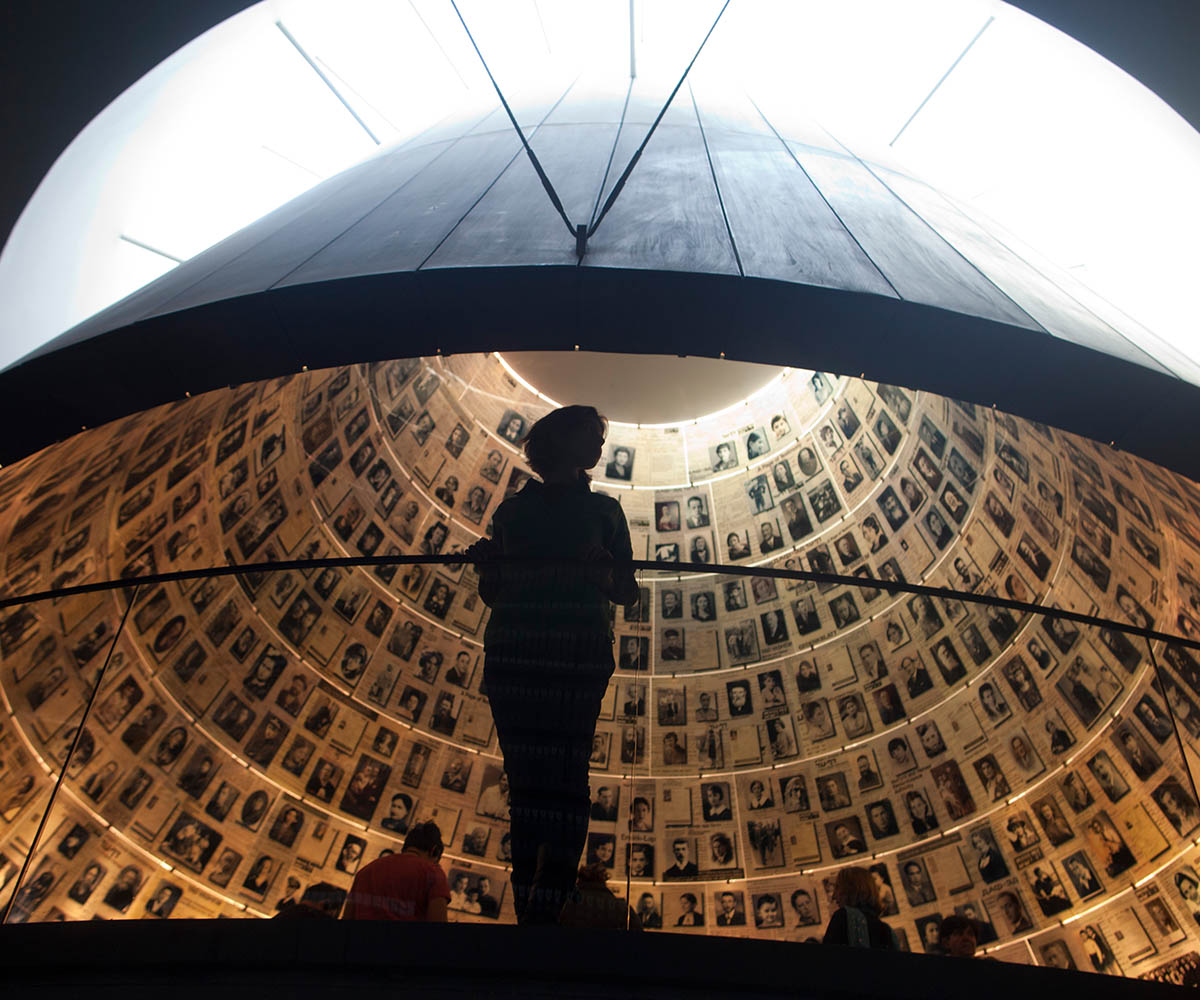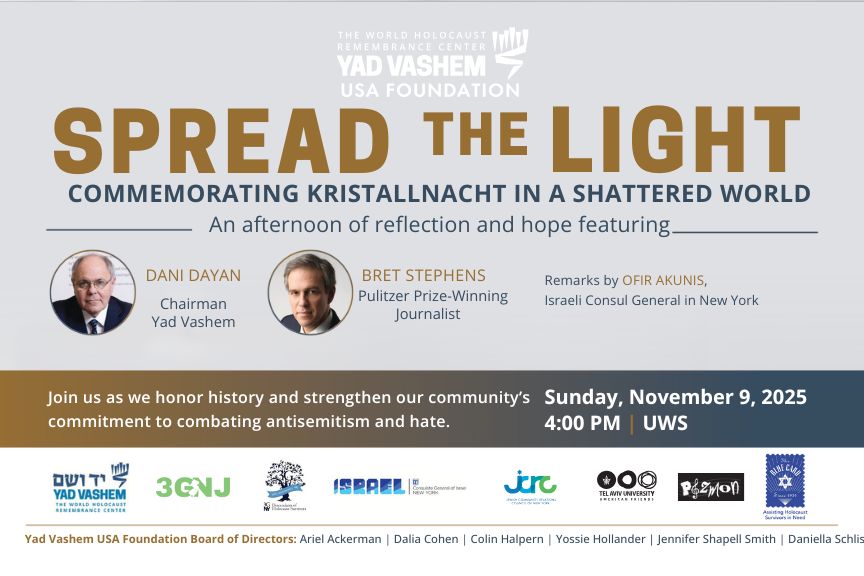Home / Education & Resources / Collections and Art Museum
Collections and Art Museum
Home to the Largest Holocaust-related Collections in the World
Yad Vashem is home to the world’s largest and most comprehensive collection of Holocaust-related materials—over 227 million pages of documentation, 40,000 artifacts, 14,000 works of art, 541,000 photographs and films, 2.8 million Pages of Testimony, and more than 100,000 survivor testimonies. To preserve and protect this priceless legacy, Yad Vashem established the Moshal Shoah Legacy Campus, a transformative new complex on the Mount of Remembrance.
At its heart is the David and Fela Shapell Family Collections Center, a state-of-the-art facility featuring five advanced conservation laboratories dedicated to paper, photographs, artifacts, textiles, and art. The Center also includes purpose-built storage environments for artworks, artifacts, and documents—each equipped with oxygen reduction and precise temperature controls to ensure optimal preservation conditions. This meticulous care allows Yad Vashem to protect and safeguard the physical remnants of Holocaust memory for generations to come.
Art Museum
Yad Vashem is home to the world’s largest and most significant collection of Holocaust-era art—more than 14,500 works that bear witness not only to the horrors of the time, but to the unbreakable spirit of those who endured it. Many of these pieces were created in ghettos, camps, forests, or while in hiding. Using scraps of paper, bits of charcoal, or whatever materials they could find, the artists captured the brutal reality around them while reaching inward—for memory, beauty, and meaning.
The Holocaust History Museum: Sustaining Memory, Honoring Legacy
“There are many museums in the world, but the source is here at Yad Vashem. This is the heart and soul of Jewish memory.”
– Elie Wiesel
At the heart of Yad Vashem’s commemoration efforts stands the Holocaust History Museum, where the personal and collective stories of the six million Jews murdered during the Holocaust are brought to life. Through original artifacts, survivor testimonies, and historical documents, the museum offers a uniquely Jewish perspective on the Holocaust, allowing visitors to engage deeply with the lived experiences of those who suffered and perished.
The Book of Names: Giving Form to the Unimaginable
The Book of Names memorializes over 4,800,000 men, women, and children murdered during the Holocaust. The names have been gathered through decades of meticulous research: survivor testimonies, official documents, and even alternative sources such as dedications in prayer books, inscriptions on synagogue walls, and names carved into gravestones. These names are preserved in Yad Vashem’s Central Database of Shoah Victims’ Names.
Displayed on towering pages nearly two meters high, softly lit from within, the Book of Names is both a memorial and a call to remembrance. Its final pages remain blank, symbolizing the countless victims whose names are still unknown—perhaps lost forever. Now a permanent installation on the Mount of Remembrance, this powerful monument, made possible by Marilyn and Barry Rubenstein, transforms overwhelming numbers into personal memory, ensuring that none are forgotten.
Archives
In 1953, the Israeli Knesset enacted the Yad Vashem Law, which determined that among its other missions, the task of Yad Vashem is “to collect, examine and publish testimony of the disaster and the heroism it called forth…”.
Efforts to document the Holocaust had begun long before the passage of the law. From the Nazi rise to power in Germany and throughout World War II, there were those who documented the events as they were taking place, often under the harshest conditions. Immediately after the war, centers for documentation and the collection of testimonies were established around the world, including Munich, Warsaw, Lodz, Lublin, Paris, Bratislava, and Budapest.
Historical Records
Yad Vashem collects and safeguards millions of pieces of evidence to ensure that an accurate and detailed historical record of the atrocities committed is preserved and disseminated. With approximately 190 million pages of documentation, 129,000 survivor testimonies, and hundreds of thousands of original photographs, films, diaries, and documents, Yad Vashem’s Archives house the largest collection of Holocaust archival material in the world.
Each item enlightens us in its own way, helping to recreate the Jewish world prior to the war, the anguish and terror during the Holocaust, and Jewish life in its aftermath, sharing the stories of both the victims and the survivors. These archival collections serve as a foundation for researchers and historians around the globe and are a resource for the public.
Gathering the Fragments
Yad Vashem is appealing to Holocaust survivors, family members, and the general public to rescue documents, photographs, and objects from the years before WWII, during the Holocaust, and from DP camps and the immediate post-war period. These items can be submitted to Yad Vashem along with their stories for preservation and posterity. Items include memoirs, testimonies, films and video footage, artworks, letters, documents, artifacts, diaries, and photographs. Yad Vashem conserves and catalogs the materials and makes them accessible to researchers, curators, educators, students, and the wider public to learn what happened to the Jews before, during, and after the Holocaust through them.
